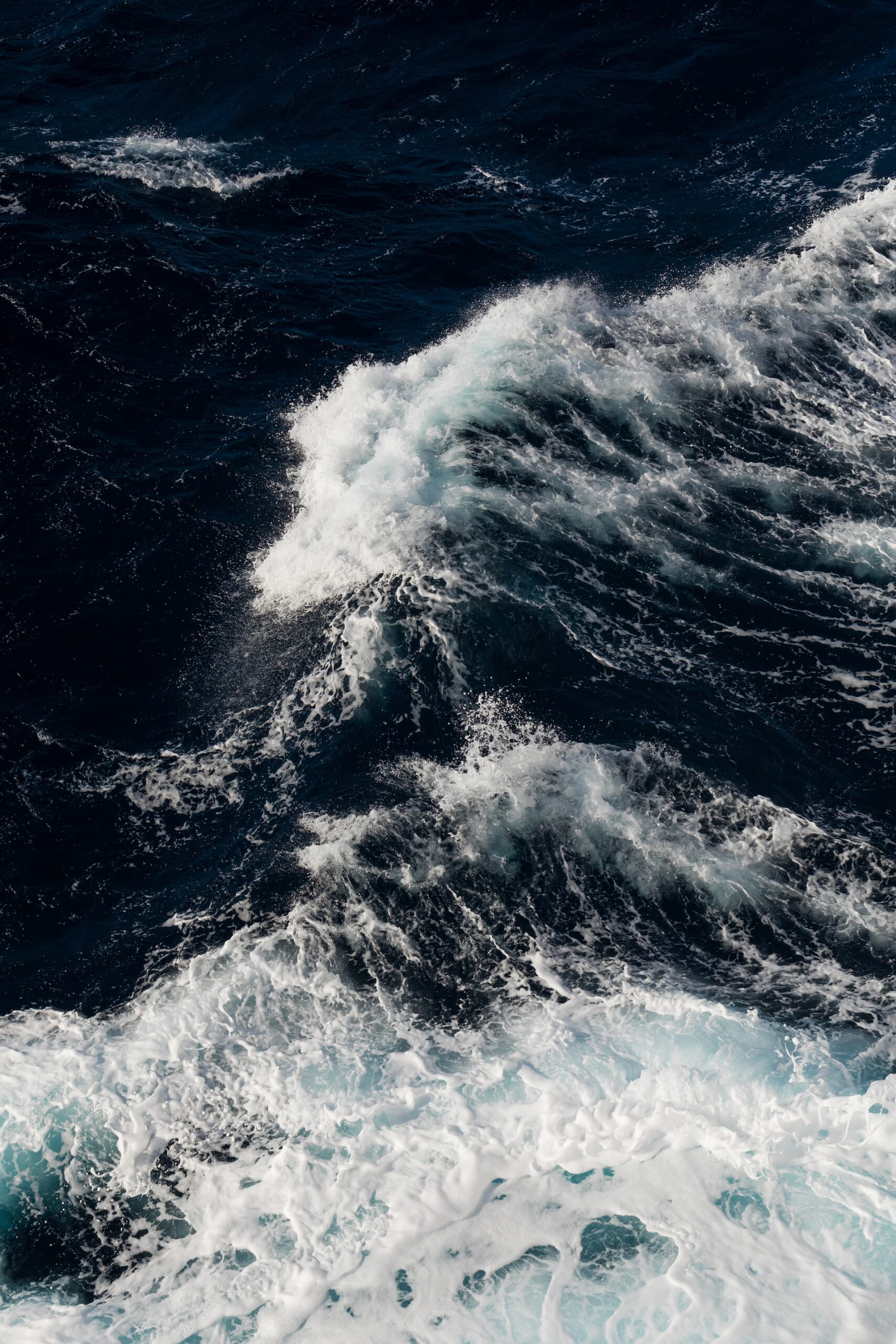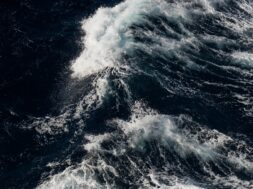
Unveiling the Samudrayaan Mission
The enormous and enigmatic oceans of the planet have always piqued human interest because they conceal a wealth of mysteries just waiting to be discovered. India has started a remarkable voyage in its quest for knowledge with the Samudrayaan Mission, which seeks to explore the unexplored depths of the Indian Ocean. This gigantic undertaking aims to provide our country and the rest of the globe with priceless information about the ecosystem, resources, and potential advantages of the ocean.
An Innovative Method for Ocean Exploration
An important step forward in ocean exploration has been made with the launch of the Samudrayaan Mission by the Indian government’s Ministry of Earth Sciences. Its goal is to learn more about the deep-sea creatures, minerals, and geological features of the Indian Ocean, which are still mostly unknown compared to other oceans. The project intends to increase our knowledge of the ocean’s importance for preserving biodiversity, its potential as a source of rich minerals, and its effect on climate change.
The three-pronged strategy
Three major parts make up the Samudrayaan Mission, each of which addresses a different facet of ocean exploration:
- Ocean Observatories: Oceanographic information This component uses remotely operated vehicles (ROVs) and autonomous underwater vehicles (AUVs) to collect data from the diverse depths of the Indian Ocean. With the use of this cutting-edge equipment, the physical, chemical, and biological aspects of the ocean will be explored. One has to be aware of these characteristics to comprehend climate changes, marine life, and potential mineral resources.
- Deep-sea mining: The effort also highlights the finding and ethical utilization of the mineral wealth of the ocean floor. Important resources, including cobalt-rich ferromanganese crusts, polymetallic nodules, and polymetallic sulfides, might be found through deep-sea mining. India wants to use these resources to foster economic growth and reduce import dependency.
- Conservation of Biodiversity: Marine ecosystems and species protection are a major focus of the project’s conservation component. Samudrayaan works to identify and prevent issues with marine ecology, including pollution and overfishing, via research and data collection. This component demonstrates India’s commitment to ecologically sound growth.
Scientific Importance and Worldwide Effects
The Samudrayaan Mission has significant global and national scientific significance. To better understand climate change, ocean currents, and the interconnectedness of marine creatures, scientists are examining the mysteries of the Indian Ocean. The global battle against climate change and the preservation of marine biodiversity can both benefit from these insights.
Deep-sea mineral resource exploration aligns with India’s economic goals and energy security. As the demand for minerals rises globally, sustainable access to these resources may strengthen India’s position in the global market and boost its self-sufficiency.
Problems and Environmental Issues
The Samudrayaan Mission is novel, but it also has a lot of concerns and harms the environment. Deep sea mining and exploration can disrupt the delicate balance of the marine environment and harm fragile ecosystems. Project activities must be carried out with the utmost care and in line with environmental legislation to minimize ecological impact. The Samudrayaan Mission exemplifies India’s commitment to increasing scientific knowledge, fostering economic growth, and supporting global ocean conservation and resource sustainability programs.
As this huge effort progresses, it may uncover a treasure of data buried deep within the Indian Ocean. By thoughtfully addressing the problems and environmental concerns, India can create a better, more sustainable future for its people and the planet. The huge, deep-blue sea conceals secrets that the world is eager to learn about, and Samudrayaan’s journey is sure to be exciting.













